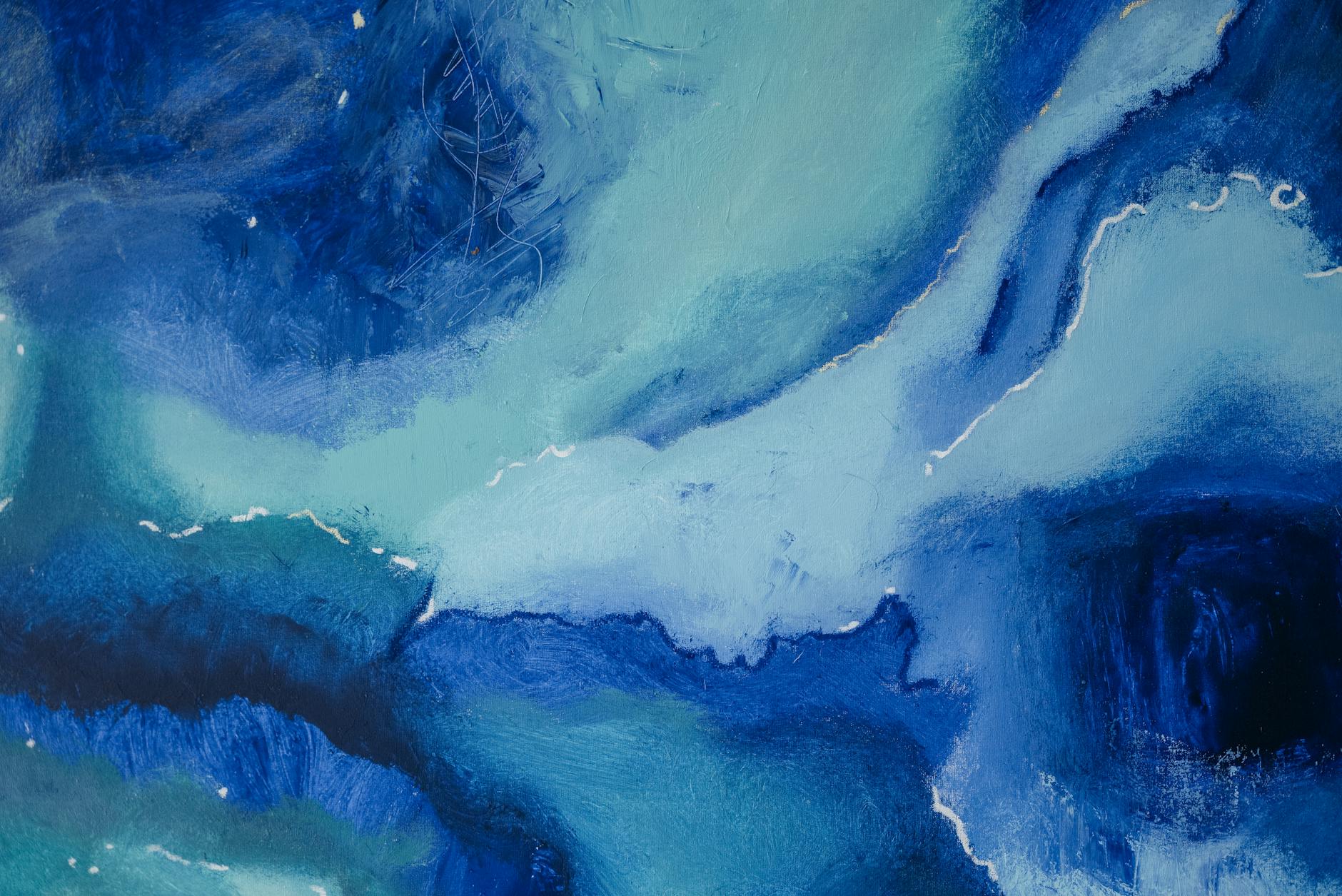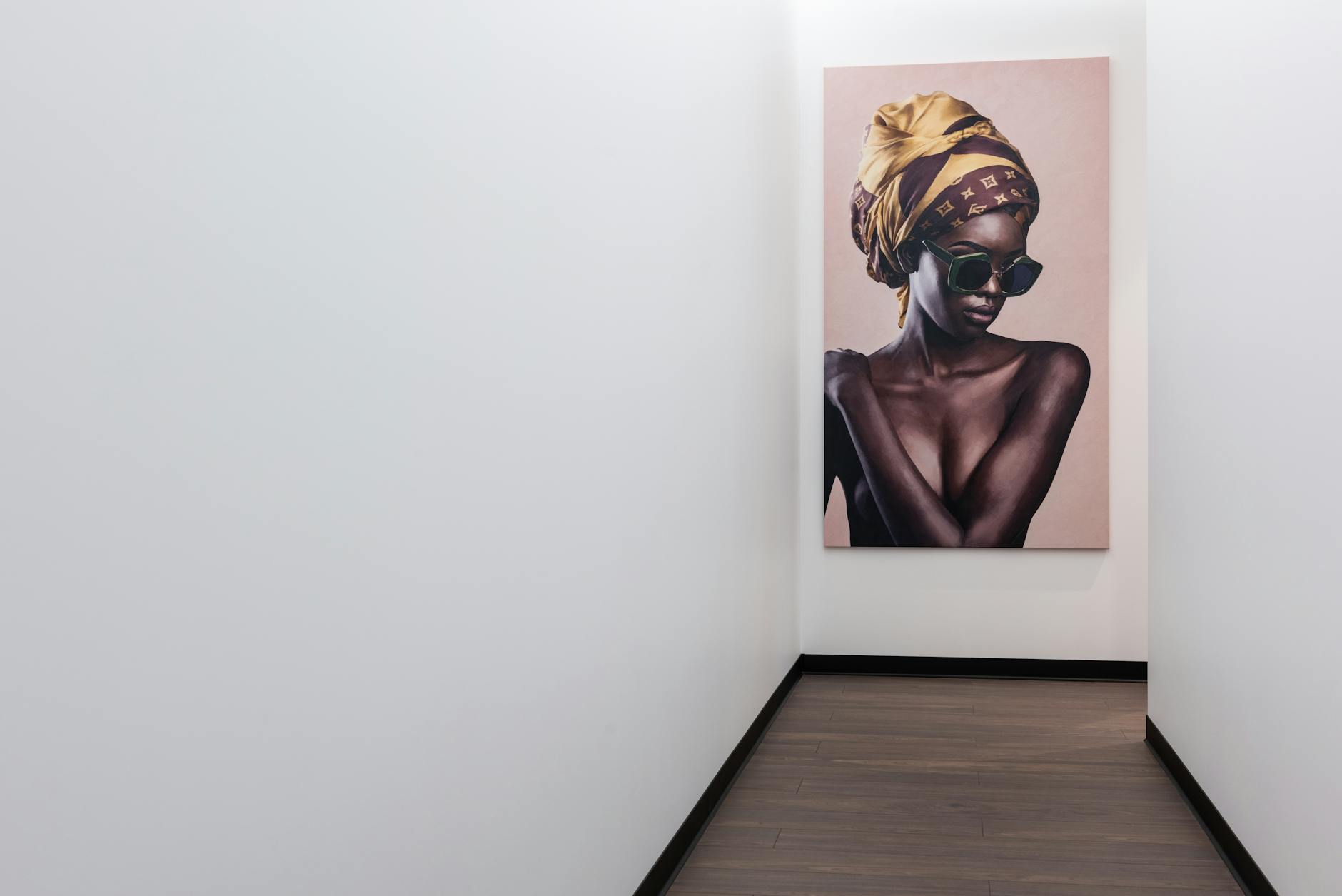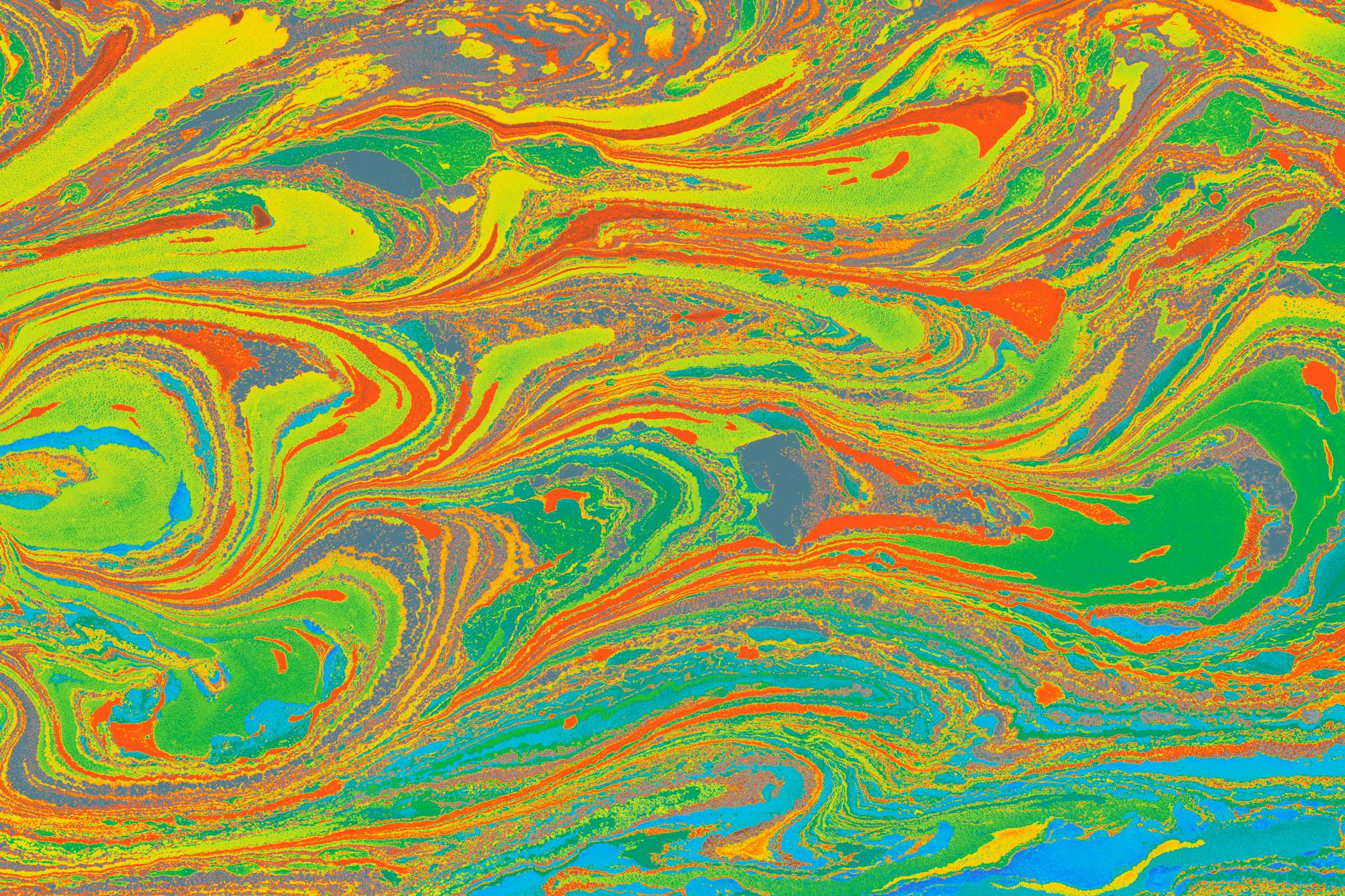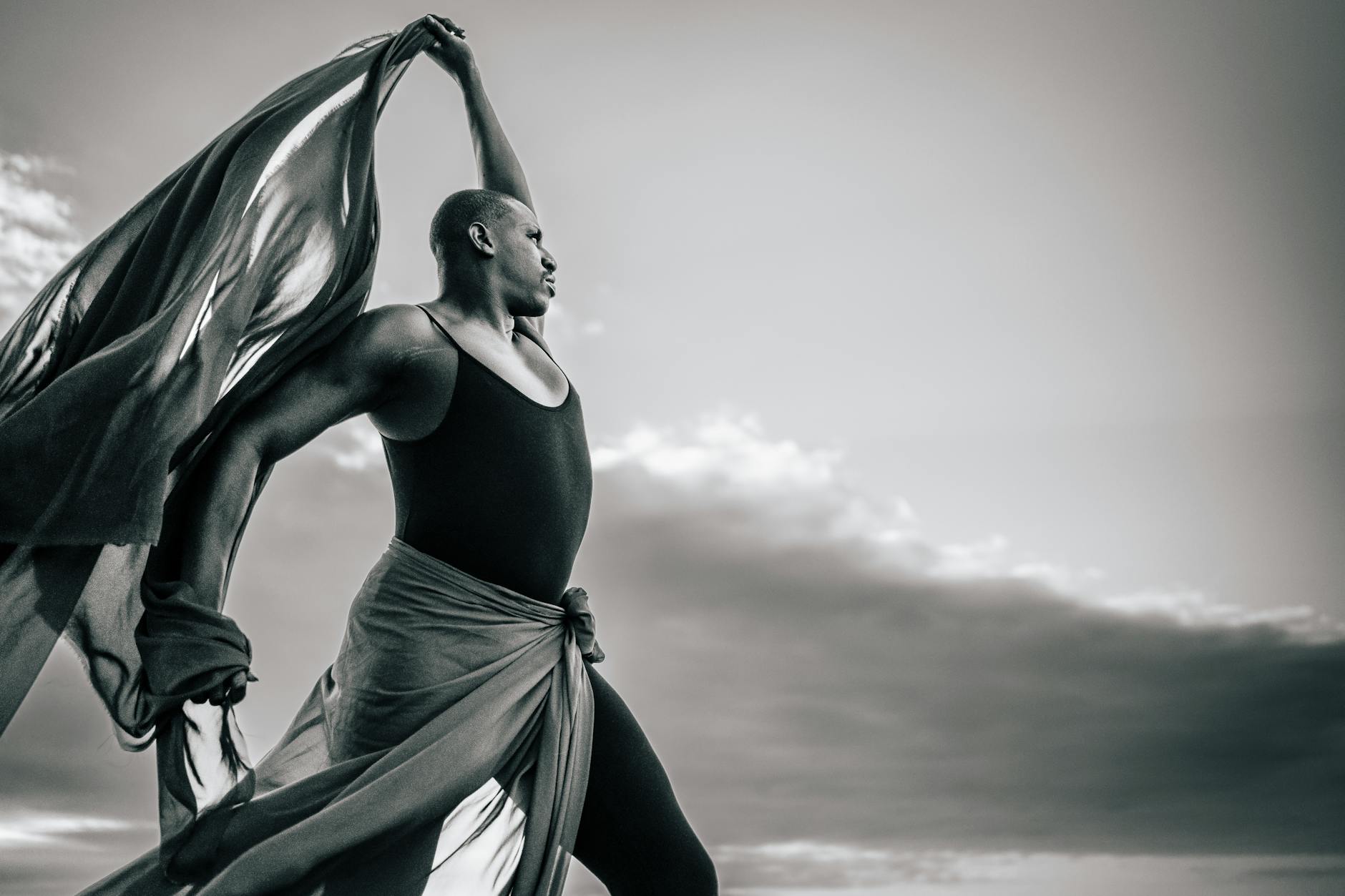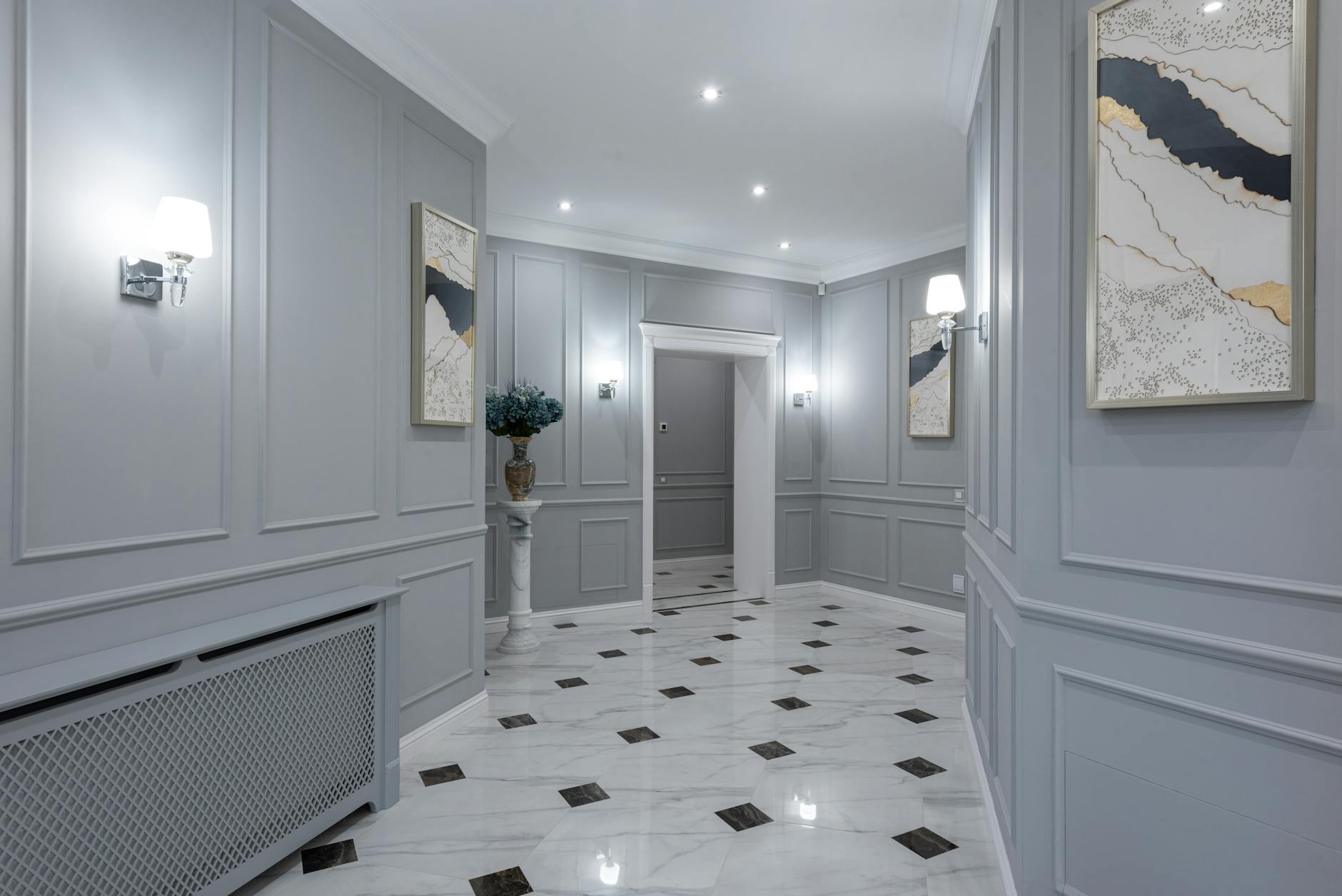Over the past century, the exploration of the subconscious has gained significant attention in the world of visual art, creating innovative art movements and introducing a raft of new artistic techniques. Among the influences driving this exploration, psychedelics have played a substantial, yet often underappreciated role. Psychedelic substances, such as LSD, psilocybin, and mescaline, are known to evoke profoundly altered states of consciousness that can significantly impact one’s creative输出, opening gateways into realms of abstract expressionism, visionary art, and psychedelic aesthetics.
The abstract expressionism movement, born in the mid-twentieth century, can be interpreted as a response to the era’s surge in the use of psychedelics. This art movement stressed the artist’s spontaneous, automatic, or subconscious creation, embodying a new artistic style that departed from traditionally structured artwork. Artists like Jackson Pollock and Mark Rothko used abstract expressionism to freely express their internal dynamics, disregarding conventional boundaries.
Meanwhile, with roots in the counterculture of the 60s and 70s, visionary art also owes much to the influence of psychedelic experiences. Artists such as Alex Grey and Pablo Amaringo are known for their depictions of spiritual and mystical experiences, intertwined with spiritual symbolism. This genre provides glimpses into unseen dimensions and the dream-like realities often described by those who have undergone psychedelic experiences, revealing infinite layers of subjective reality.
However, the relationship between the psychedelic experience and art extends beyond merely impacting the artist’s artistic techniques and style. Psychedelics also inspire a unique aesthetic, often referred to as psychedelic aesthetics, which is identified by its vibrant color palettes, intricate patterns, and often surreal context. This aesthetic manages to capture the transcendent and ineffable experiences that arise during a psychedelic journey, providing a visual language for interpreting and understanding these altered states of consciousness.
Psychedelics have not only transformed art creatively but have also been used therapeutically in the field of art therapy. The psychological revelations that can occur during a psychedelic experience, coupled with the creativity enhancement it can induce, make it a valuable tool for mental health and personal growth. There’s a growing body of evidence to suggest that when guided effectively, these experiences can lead to meaningful therapeutic breakthroughs. Many artists have reported their work to become more emotionally connected and thematically deeper following the integration of their altering experience.
The transformative influence of psychedelics on art continues to be seen in contemporary art movements. Recent years have seen a resurgence of interest in psychedelics, both in therapeutic contexts and in broader cultural discussions. This renewed interest is reflected in the arts, with galleries, exhibitions, and festivals dedicated to psychedelic and visionary art seeing increasing popularity.
These examples highlight the profound role psychedelics have played in the shaping of art over the past century. Whether through stimulating new artistic styles, enhancing creativity, or introducing mystical elements and spiritual symbolism into works, the psychedelic experience has left an indelible mark on the visual art landscape.
In conclusion, delving into the extraordinary and often mystical realm of psychedelics opens up a world of creativity and inspiration, helping artists and viewers alike to push boundaries of perception, representation, and understanding. By continuing to explore and integrate these experiences, we can expect to see further expansion of artistic styles and techniques, deepening our connection with the mysterious inner galaxy of the human consciousness, ultimately further evolving art’s expressive capabilities.
Sources:
Keyword: “abstract expressionism”
Keyword: “visionary art”
Keyword: “visual art”
Keyword: “artistic techniques”
Keyword: “psychedelic aesthetics”




